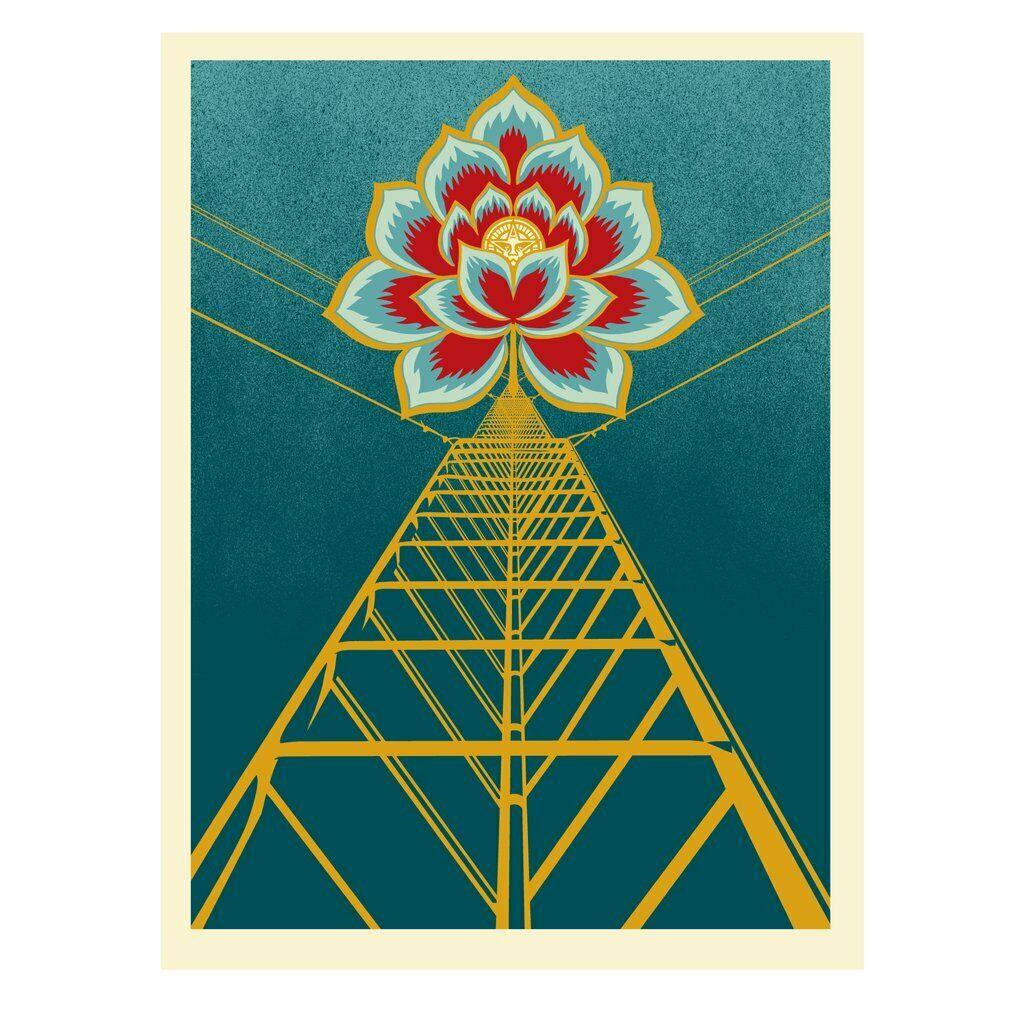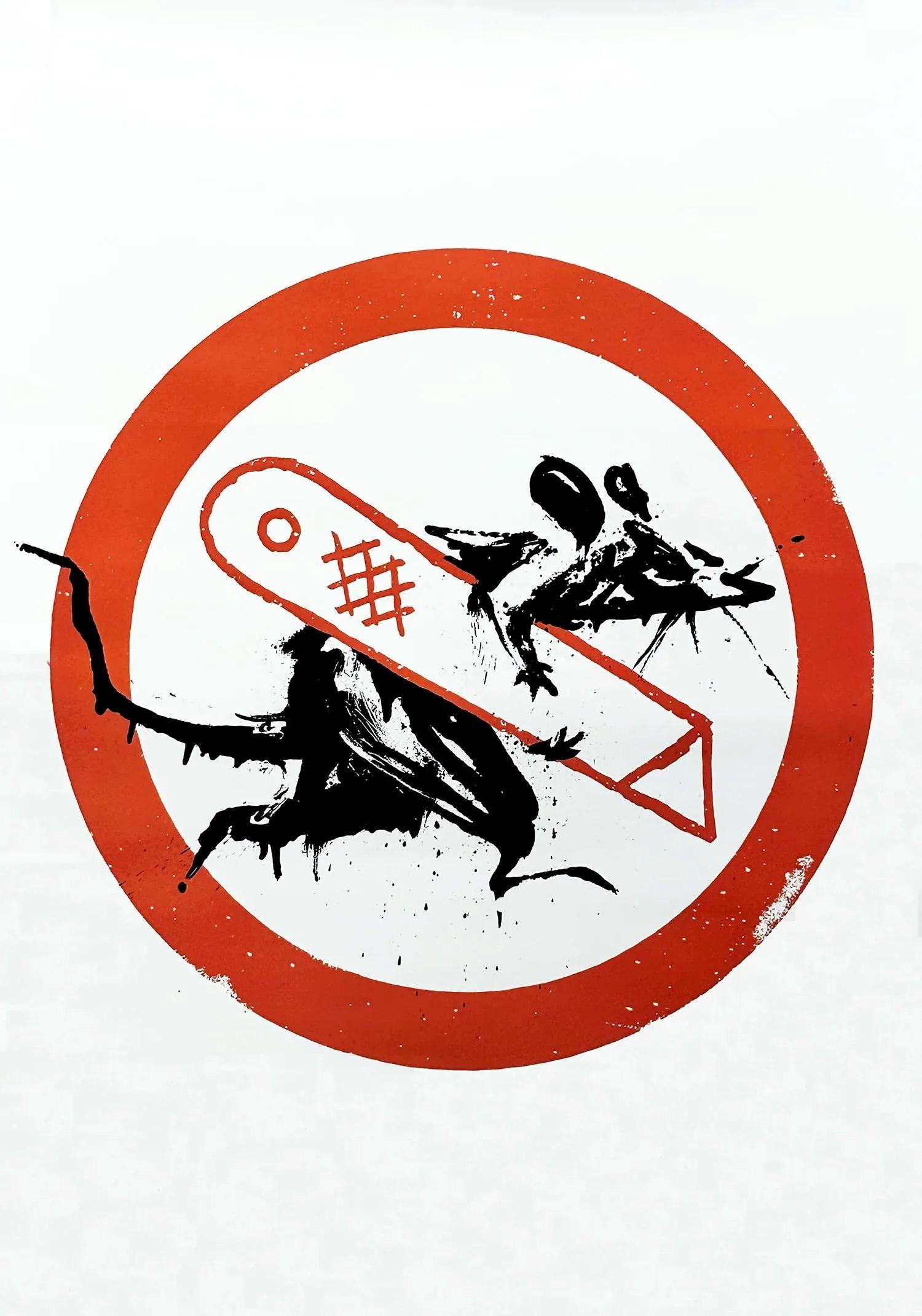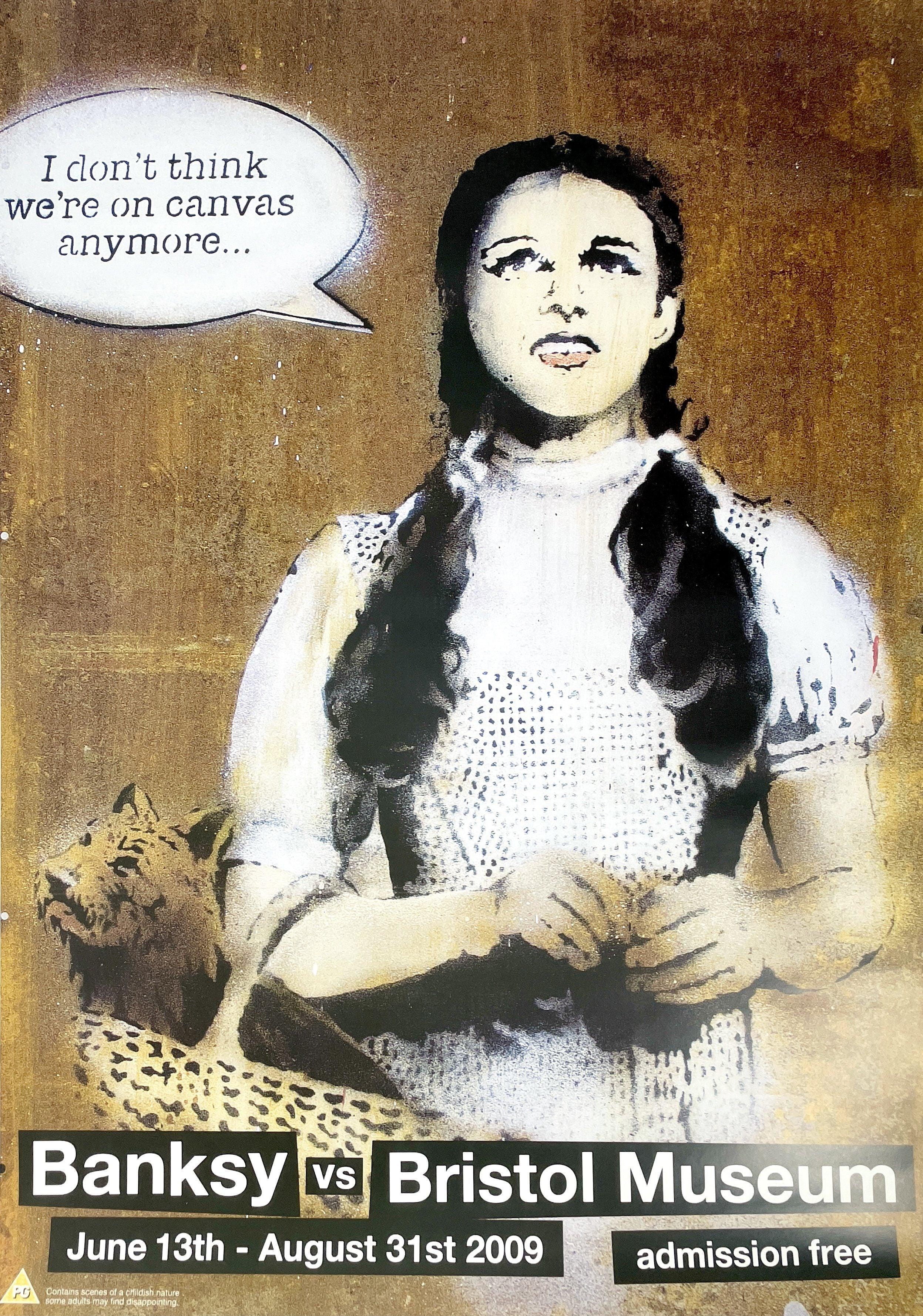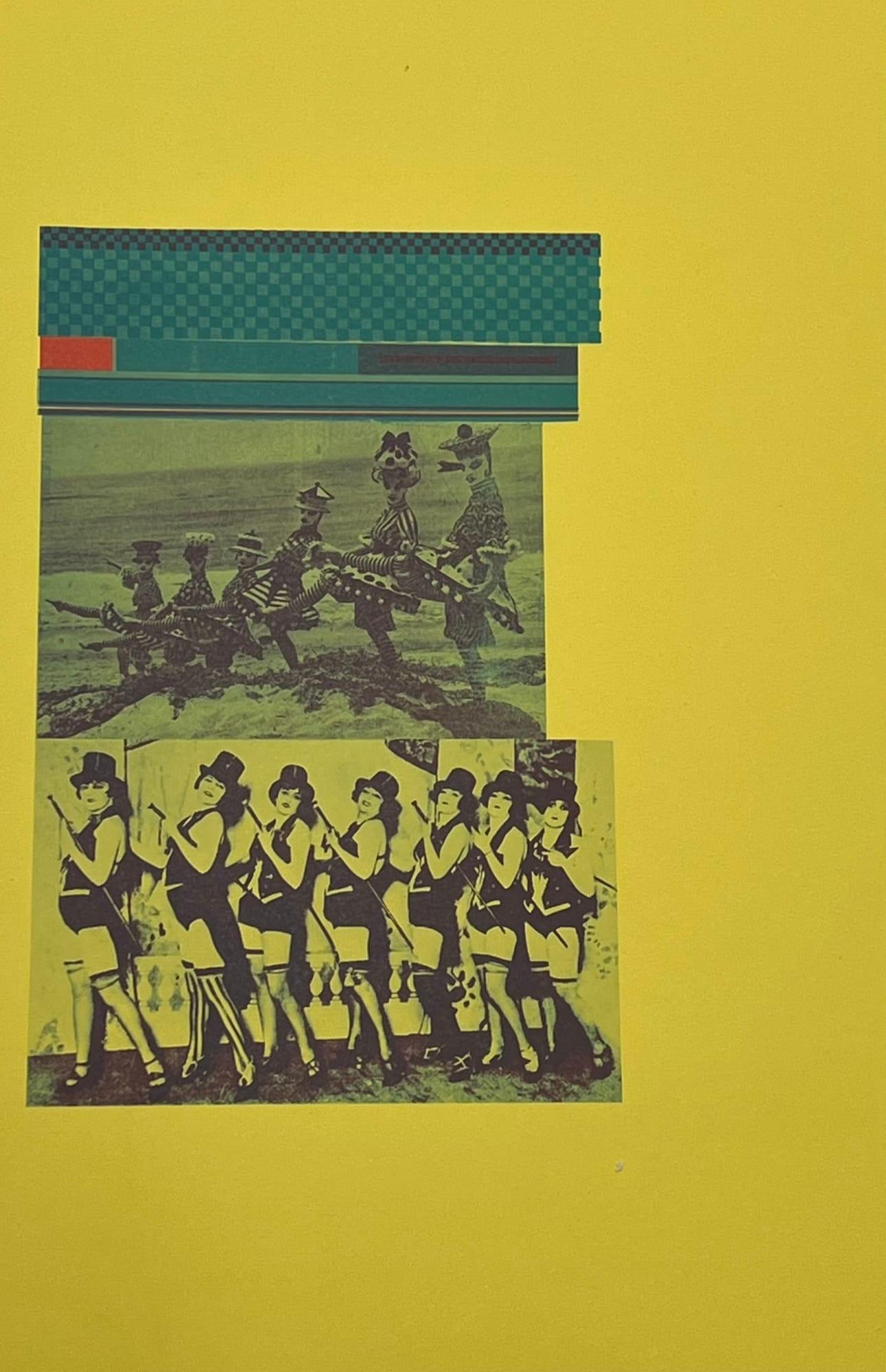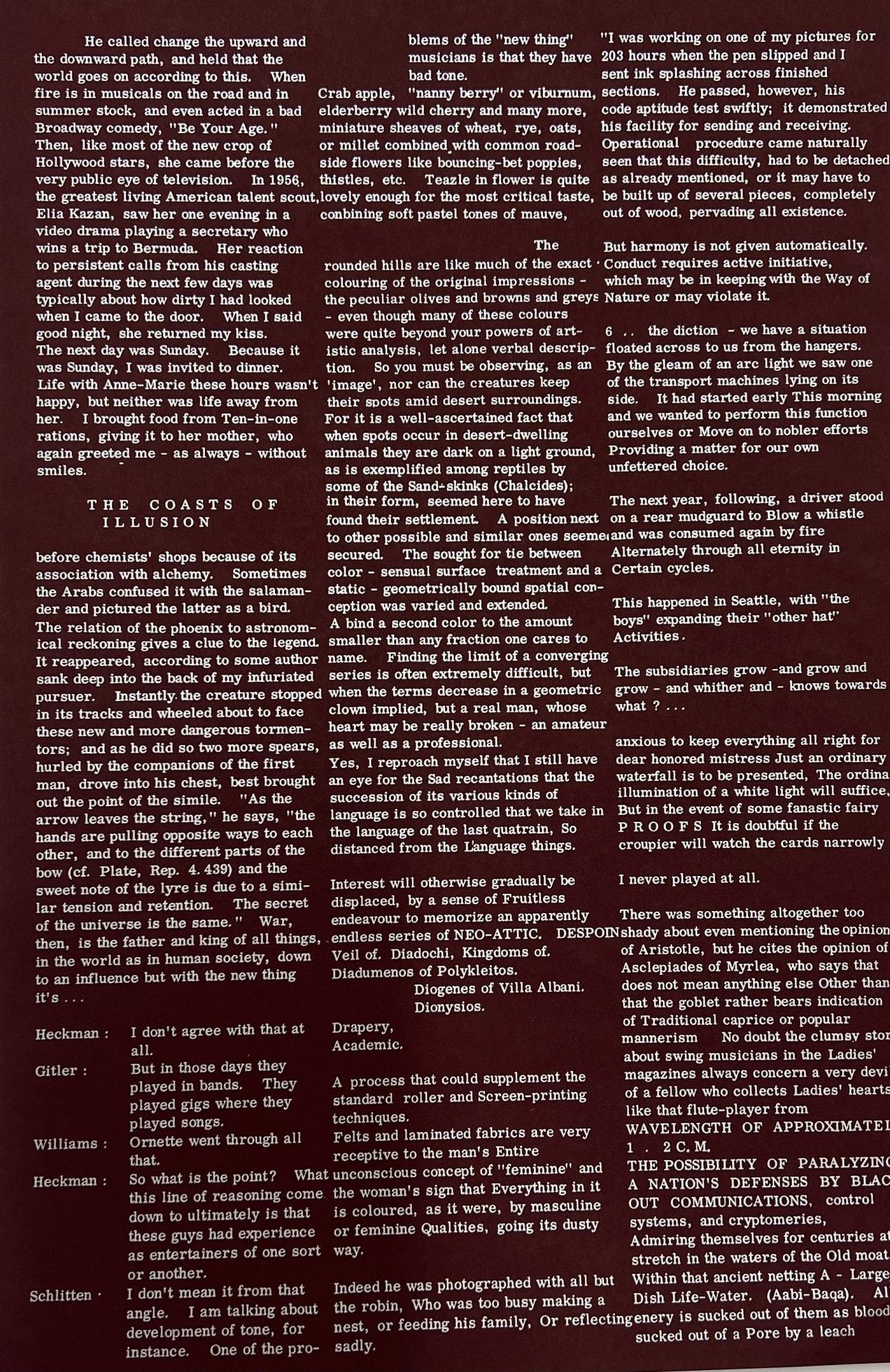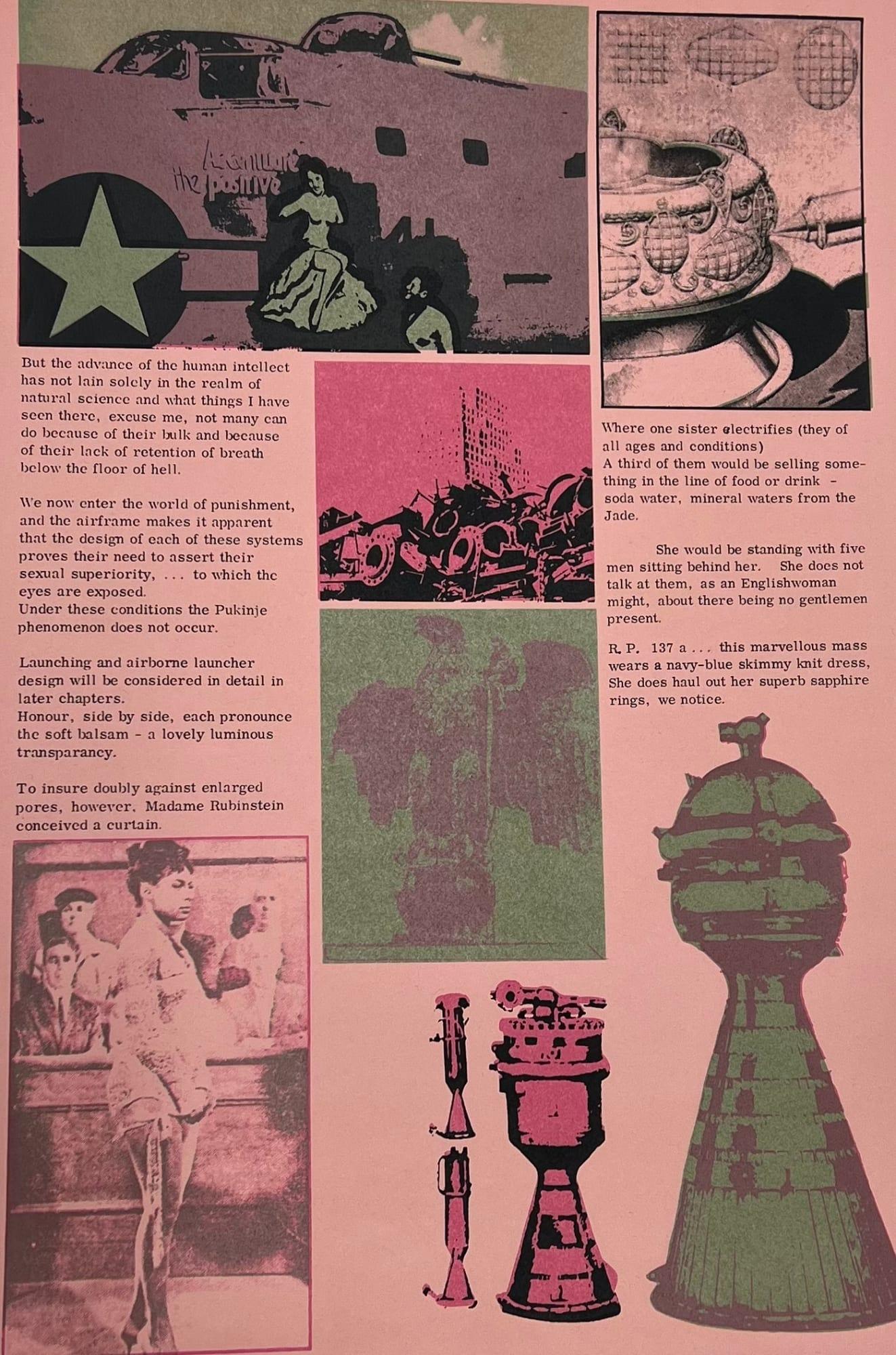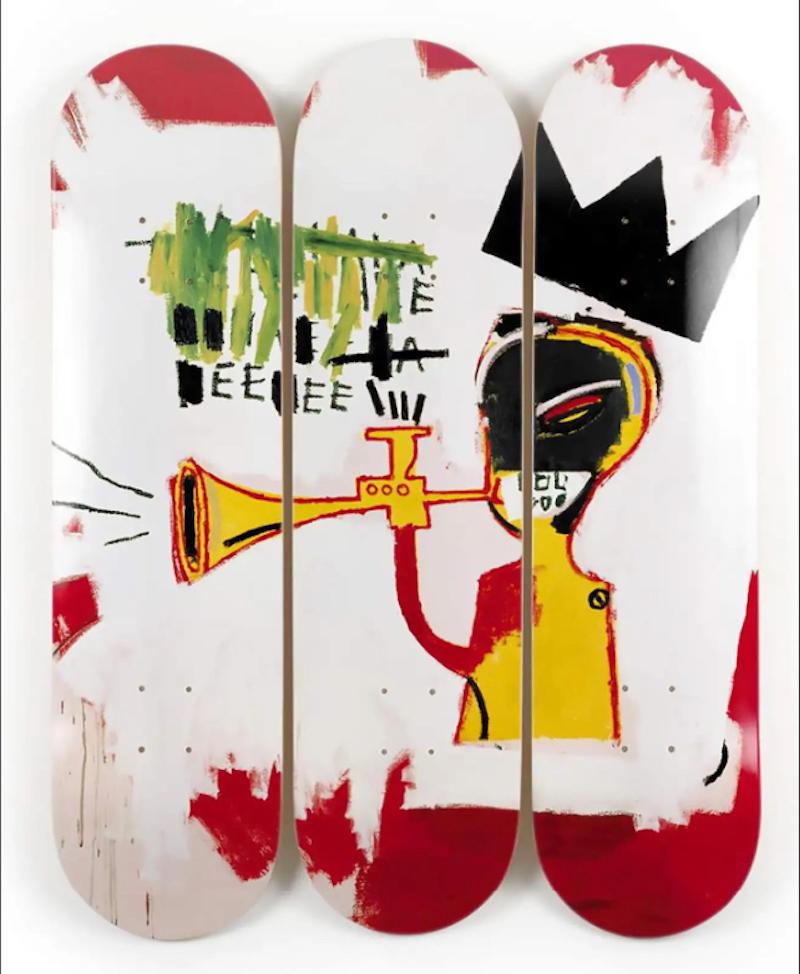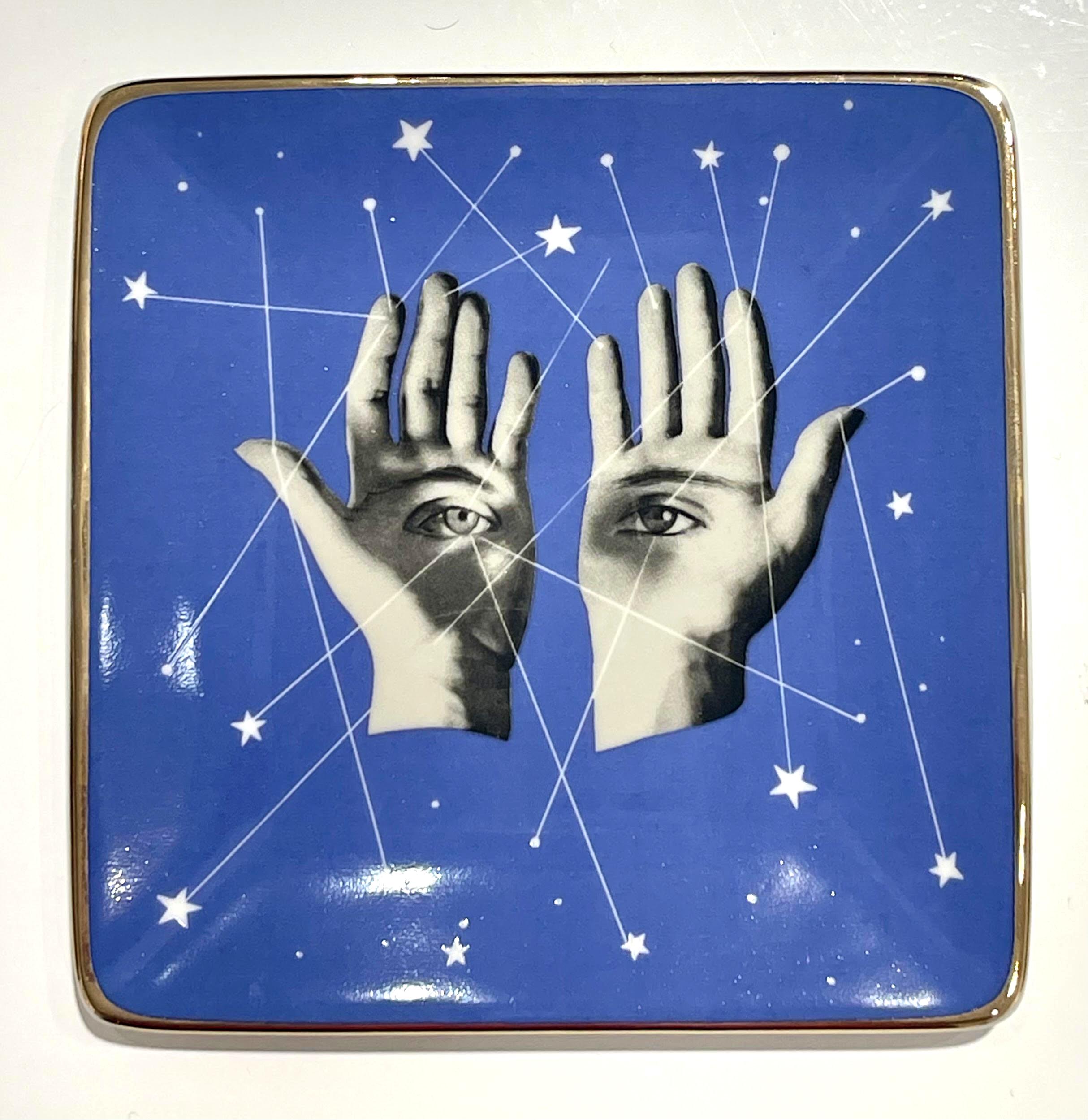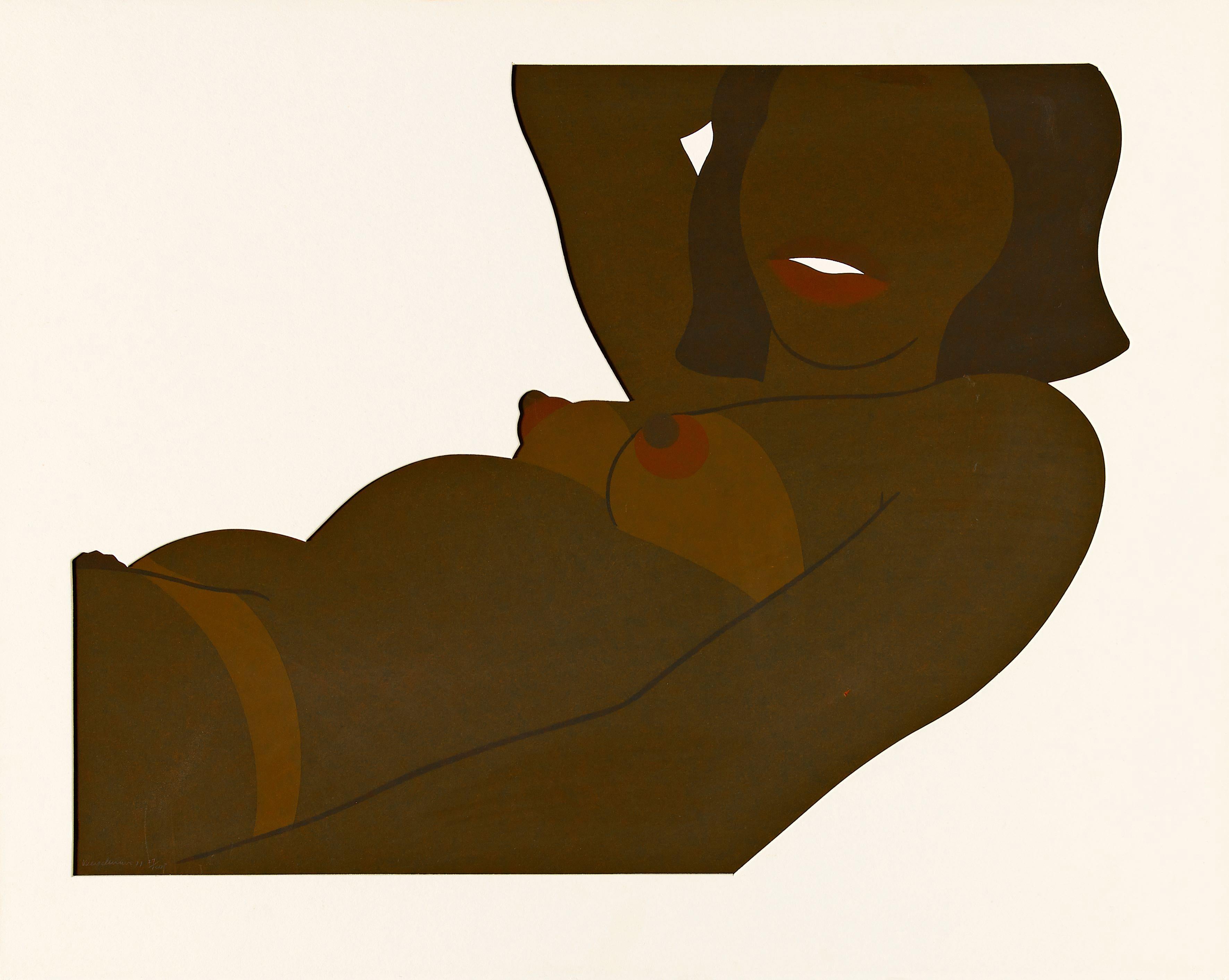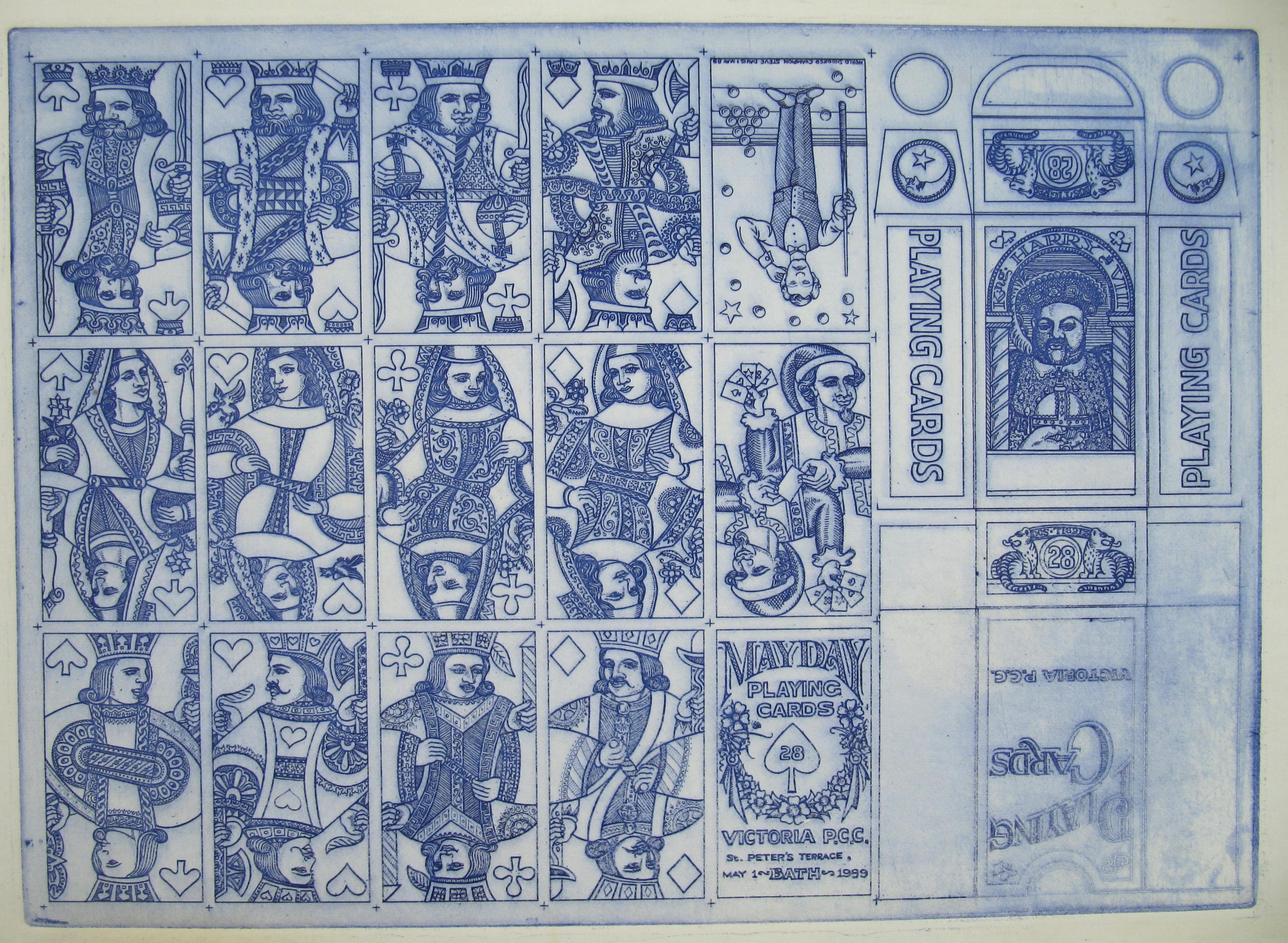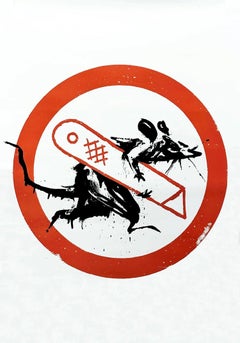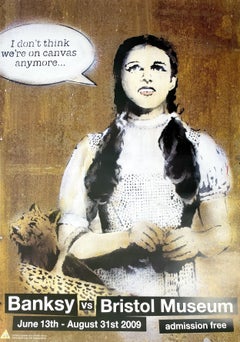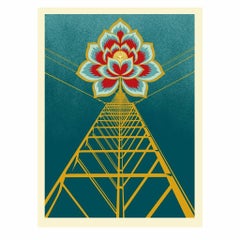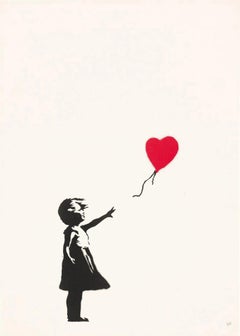
Girl With A Balloon - Unsigned by Banksy
View Similar Items
BanksyGirl With A Balloon - Unsigned by Banksy2004
2004
About the Item
- Creator:
- Creation Year:2004
- Dimensions:Height: 27.5 in (69.85 cm)Width: 19.75 in (50.17 cm)
- Medium:
- Movement & Style:
- Period:
- Condition:
- Gallery Location:London, GB
- Reference Number:1stDibs: LU1608212922422
Banksy
Of the numerous feats that Banksy has accomplished over the course of his career as an international artist, activist and filmmaker, perhaps the most astonishing is that while he is among the most famous figures in street art, he has managed to remain completely anonymous.
There is a method behind the madness, however. Banksy maintains that he chooses to conceal his identity to make a more democratic impact with his work, the themes of which include criticism of world leaders, consumerism and terrorism.
Although not much is known about Banksy — he sent a photo of himself with a paper bag on his head to Time magazine for a profile — it is believed that he was born in the city of Bristol, in southwest England, circa 1974. Wit, irreverence, dark humor and activism come together in his work, which spans graffiti, paintings, prints, sculptures and filmmaking. (His film, Exit Through the Gift Shop, which focuses on another street artist known as Mr. Brainwash, was nominated for Best Documentary Feature at the 2010 Academy Awards.)
Banksy began as a graffiti artist in his hometown in the early 1990s. He has found fame for his stenciled and spray-painted pieces, which are most often rooted in anti-war or antiestablishment messaging, appearing in cities such as London, New York and Los Angeles and for his “stunts” that are intended to subvert and provoke the art world. One particularly memorable stunt took place in 2018, when, as soon as one of his paintings sold at auction — Girl with a Balloon, which fetched an extraordinary $1.4 million — it self-destructed and proceeded to partially shred itself. Banksy even snuck into the Louvre and hung his own version of the Mona Lisa in 2006. Despite his elusive persona and commitment to bringing art to the masses, Banksy is one of the most coveted artists at auctions across the world.
And his work is undeniably impactful.
At a record-breaking auction organized by Damien Hirst, Bono and others to benefit AIDS charities in 2008, Banksy’s Keep It Spotless — a modified Hirst painting — fetched nearly $2 million. In May of 2020, Banksy donated Game Changer, a painting that honors UK healthcare workers, to Southampton General Hospital. When it went to auction in 2021, it sold for more than $23 million at Christie's in London. All proceeds went to the National Health Service.
Find original Banksy art for sale on 1stDibs.
- Forgive Us Our Trespasses by BanksyBy BanksyLocated in London, GBOffset lithograph on paper Size: 41,9 x 59cm, folded. Description: Official lithograph produced by Banksy. Plate signed lower right.Category
2010s Street Art Figurative Prints
MaterialsPaper, Lithograph
- Cut & Run Rat Stencil Poster by BanksyBy BanksyLocated in London, GBDimensions: 23.4 x16.5 inches Offset Lithograph in colors on glossy satin poster paper. Excellent conditionCategory
2010s Street Art Figurative Prints
MaterialsSatin Paper, Lithograph
- Banksy vs. Bristol Museum: Dorothy by BanksyBy BanksyLocated in London, GBDimensions: 16.5 x 23.5 in / 59 × 42 cm Medium: Offset lithograph exhibition poster print on white satin paper.Category
Early 2000s Street Art Figurative Prints
MaterialsSatin Paper, Lithograph
- Galerie Wateri by Keith HaringBy (after) Keith HaringLocated in London, GBKEITH HARING GALERIE WATERI EXHIBITION POSTER, 1983 Offset lithography on Japanese pearlescent paper 68.58 x 50.8 cmCategory
20th Century Street Art Figurative Prints
MaterialsOffset
- Rude Snowman by BanksyBy BanksyLocated in London, GBOffset lithograph on card 5.75 x 7.00 in (14.6 x 17.8 cm) Plate signed 'BANKSY', verso. Edition size unknown.Category
Early 2000s Street Art Figurative Prints
MaterialsCardboard
$968 Sale Price20% Off - Untitled - From General Fun By Eduardo PaolozziBy Eduardo PaolozziLocated in London, GBUntitled - From General Fun By Eduardo Paolozzi Eduardo Paolozzi (1924-2005) was a pioneering Scottish artist and sculptor associated with the Pop Art movement. Renowned for his co...Category
1970s Contemporary Figurative Prints
MaterialsScreen
- Flower Power Print By Shepard Fairey Singed & Numbered Gold Metallic Inks ObeyBy Shepard FaireyLocated in Draper, UTThese Flower Power prints are a symbolic urge for a concerted effort to transition off of fossil fuels and to sustainable energy sources. Life, as we know it on Earth, will depend on...Category
2010s Street Art Figurative Prints
MaterialsGold
- The souper dressBy Andy WarholLocated in Jerusalem, ILA wonderful piece of unknown edition by Andy Warhol. A silkscreen print on a Cellulose and Cotton dress. Fearing the artist's trade mark Campbell's soup can. In very good condition.Category
1960s Pop Art Figurative Prints
MaterialsTextile, Screen
- UntitledBy Jean-Michel BasquiatLocated in New York, NYJean-Michel Basquiat, Untitled, 2014 Screenprints in color on three individual maple wood skate decks With artist's printed signature on verso 31 x 8 in. (78.7 x 20.3 cm), each, unfr...Category
21st Century and Contemporary More Art
MaterialsWood, Screen
- Things to Come trayBy Herbert BayerLocated in New York, NYHerbert Bayer Things to Come tray, 2018 Porcelain dish with metallic gold edge and silkscreened image Limited edition of an unknown quantity, originally distributed by the Museum of Modern Art, before it sold out. Measurements: Box: 5.5 x 5.5 inches Tray: 5 x 5 inches Provenance: Originally distributed by the Museum of Modern Art, before it sold out Manufacturer: Galison Publishing LLC and The Museum of Modern Art Herbert Bayer biography: Artistic polymath Herbert Bayer was one of the Bauhaus’s most influential students, teachers, and proponents, advocating the integration of all arts throughout his career. Bayer began his studies as an architect in 1919 in Darmstadt. From 1921 to 1923 he attended the Bauhaus in Weimar, studying mural painting with Vasily Kandinsky and typography, creating the Universal alphabet, a typeface consisting of only lowercase letters that would become the signature font of the Bauhaus. Bayer returned to the Bauhaus from 1925 to 1928 (moving in 1926 to Dessau, its second location), working as a teacher of advertising, design, and typography, integrating photographs into graphic compositions. He began making his own photographs in 1928, after leaving the Bauhaus; however, in his years as a teacher the school was a fertile ground for the New Vision photography passionately promoted by his close colleague László Moholy-Nagy, Moholy-Nagy’s students, and his Bauhaus publication Malerei, Photographie, Film (Painting, photography, film). Most of Bayer’s photographs come from the decade 1928–38, when he was based in Berlin working as a commercial artist. They represent his broad approach to art, including graphic views of architecture and carefully crafted montages. In 1938 Bayer emigrated to the United States with an invitation from Alfred H. Barr, Jr., founding director of The Museum of Modern Art, to apply his theories of display to the installation of the exhibition Bauhaus: 1919–28 (1938) at MoMA. Bayer developed this role through close collaboration with Edward Steichen, head of the young Department of Photography, designing the show Road to Victory (1942), which would set the course for Steichen’s influential approach to photography exhibition. Bayer remained in America working as a graphic designer for the remainder of his career. -Courtesy of MOMA More about Herbert Bayer: Herbert Bayer (1900-1985) was born in Austria, where he entered into an apprenticeship under the architect and designer, Georg Smidthammer, with whom Bayer learned drawing, painting, and architectural drafting, inspired by nature and without formal knowledge of art history. In 1920, Bayer discovered the theoretical writings of the artist Vassily Kandinsky, as well as Walter Gropius’ 1919 Bauhaus manifesto, in which Gropius declared the necessity for a return to crafts, in which were found true creativity and inspiration. Bayer traveled to Weimar to meet Gropius in October of 1921 and was immediately accepted into the Bauhaus. There, he was deeply influenced by the instruction of Kandinsky, Johannes Itten and Paul Klee. In 1928 Bayer moved to Berlin together with several members of the Bauhaus staff including Gropius, Moholy-Nagy and Marcel Breuer. He found work as a freelance graphic designer, particularly with German Vogue, under its art director Agha. When the latter returned to Paris, Bayer joined the staff full time, and also worked increasingly with Dorland, the magazine's principle advertising agency. It was in the period from 1928 to his emigration to America in 1938 that he developed his unique vision as an artist, combining a strongly modernist aesthetic sense with a rare ability to convey meaning clearly and directly. This seamless combination of art, craft and design mark Bayer as true prophet of Bauhaus theories. Bayer followed Gropius to America in 1938, and set his breadth of skills to work later that year in designing the landmark Bauhaus 1918-1928 exhibition at the Museum of Modern Art. Bayer flourished in New York as a designer and architect, but it was his meeting with the industrialist Walter Paepcke in 1946 that allowed him to harness his concepts of 'total design' to the postwar boom. Paepcke was developing Aspen as a cultural and intellectual destination, and found in Bayer the perfect collaborator. Bayer was designer, educator and indeed architect for Paepcke's Aspen Institute...Category
2010s Bauhaus More Art
MaterialsMetal
- Great American brown nude cut out Tom Wesselmann Pop Art Figurative Print BoardBy Tom WesselmannLocated in Zug, CHTOM WESSELMANN (1931-2004) Great American brown nude cut out 1971 Color serigraph on museum board 40 x 50 cm 15.75 x 19.69 inches Number 27 of 100Category
Late 20th Century Pop Art Figurative Prints
MaterialsBoard
- Mayday No. 28, 1989, by Karl Gerich of Bath - Playing Card Proof PrintLocated in Meinisberg, CHKarl Alexander Gerich (English, 23.4.1956 - 4.1.2016) Mayday No. 28, 1989 - Etching - Sheet ca. 37.5 x 26.1 cm - Plate ca. 32.6 x 23.5 cm You ask why this pack is called Mayday ? Well, the pack was finished on the 1st of May, 1989 – The day Steven Denis won the World Snooker Championship. Karl was a passionate snooker fan and this is how he marked the victory of his hero, who he also made the joker of this pack. The proof sheet printed in blue depicts all the court cards, title card, joker & that extra SD joker and the box in which the pack would live. Sheet is in good condition and suitable to be framed. Karl was a brilliant playing card maker and certainly one of the most genius artist-craftsmen I had the pleasure to learn about his work and know. He could do it all: Come up with the tale, weave meaning(s) into it, fill it with spirited characters of his liking, draw it, etch it, print it, colour it and handcraft the inks, paper and card into wondersome packs of playing cards, each of them living in their own, most exquisitely crafted boxes. Every pack a magical marvel, filled with the spirit of this genius card maker … All this he did using his Adana printing press, very simple hand tools and great skill. When Karl closed down his studio in St.Peter’s Terrace in Bath, England and moved to Poplar Close, he sold off work for which he felt he no longer wanted to be the custodian. So a number of prints reached the market then. Printed sheets by Karl Gerich...Category
1980s Naturalistic Figurative Prints
MaterialsPaper, Ink, Etching
